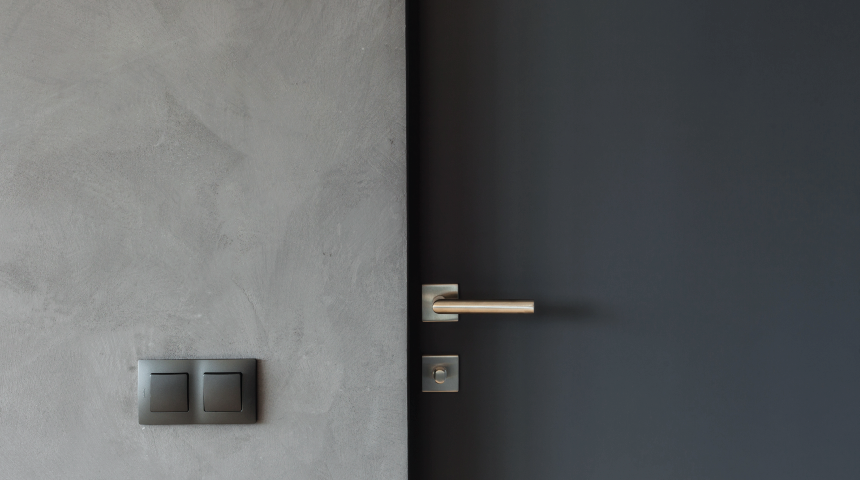
When I’m at a party and the subject of my job comes up, I tend to hear a lot of crazy ideas. The range of theories I’ve heard on radio frequencies (RF) is hard to encapsulate in a blog, but suffice it to say that much of what I hear is factually inaccurate. This made me think that we should have at least one installment of our blog deal with the myths that we hear most regularly. So, here is our top five myths on RF shielding a building
“RF Shielding for everyday/commercial construction is too expensive to consider for my client”
If building shielding is considered from the very earliest stages of design, then options for every budget can be included. Every building and environment is different and therefore RF shielding professionals should be included in the design process. When given sufficient time and space to perform detailed evaluations, companies such as ours can determine the best course of action to achieve the desired outcomes using the most cost-effective methods at our disposal. The recipe for ballooning costs is to not consider RF shielding considerations in the design phase but wait until a security breach has occurred, then contact a firm like ours to come in and fix the problems that are now endemic to the building.
“RF Shielding is going to stop my tenants/occupants cell phones from working”
While RF building shielding may reduce signal strength, basic shielding methods are not designed to completely shut down cell phone service. While techniques to completely secure buildings do exist, many municipalities are employing distribution antenna system (DAS) / in-building wireless (IBW) networks with RF shielding; some are even enforcing such techniques via building codes. DAS/IBW networks simply replicate internal networks in buildings that use RF shielding to allow for clear communications without interference or security risks from the outside. In short, unless you work in a high-security government facility, there is no reason that people in your building will not be able to use their cell phones. In fact, if you plan correctly, they will enjoy better performance when in the building than when out.
“Corporate or state-sponsored espionage really doesn’t occur”
Although breaches such as the recent Equifax hack are infrequently reported, most of the networks on which we depend are constantly under attack. Just ask the FBI how serious of an issue this is – the Cyber Division was created in 2002 and now is the lead federal agency for investigating cyber attacks of any sort. One quote from their website as to the damage done by illegal computer and network intrusions is that “billions of dollars are lost every year repairing systems hit by such attacks.” In short, the FBI is taking this threat seriously – shouldn’t you?
“I have encryption and firewalls and a robust IT department, so I don’t need another layer of security”
This one is easy – anyone who can see your signal can find a way to hack it.
“There’s only one way to achieve a proper RF shielded environment”
This is absolutely not the case. Different rooms with different functions require vastly different RF shielding techniques. What’s required for a secure data center in an urban environment is not the same for a rural office building, even if the data each hold is equally sensitive. Carefully conducted interviews with clients, site assessments, and early intervention are the key to finding the best, most cost-efficient, solutions for RF shielding.
Click for more on RF Shielding.
Other blogs you may be interested in:

RF/STC Doors
Enhancing Privacy and Acoustic Performance in Commercial...

RF/STC Doors
Enhancing Privacy and Acoustic Performance in Commercial and...
